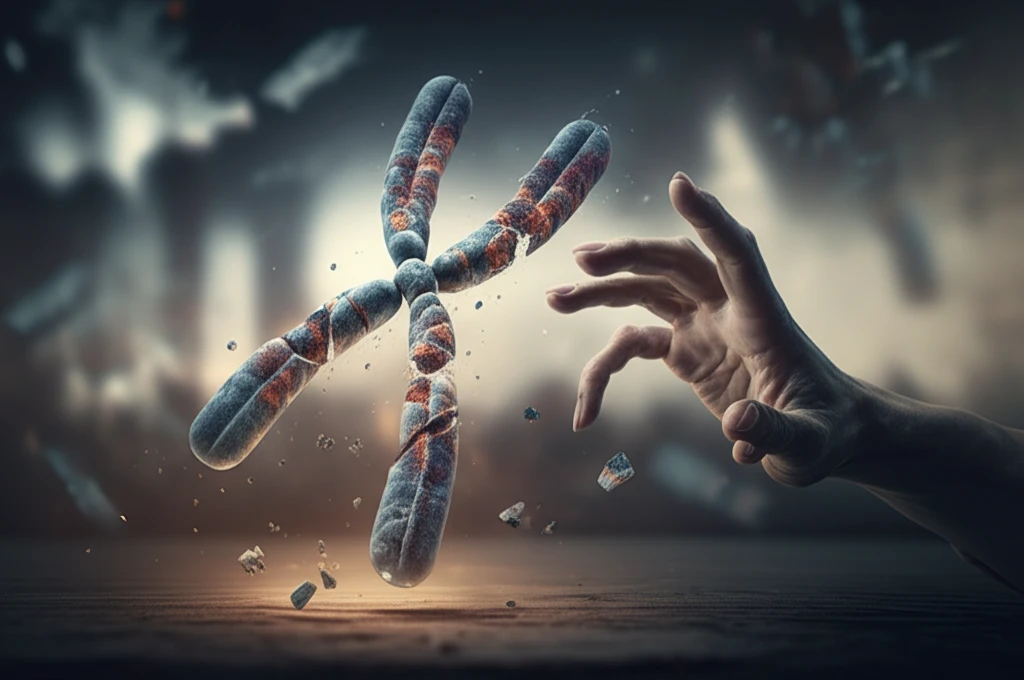
Unlocking the Mystery of BDMR: When a Rare Syndrome Surfaces in Adulthood
"Could your AHO-like symptoms actually be brachydactyly mental retardation syndrome? Learn to recognize the signs and the importance of early diagnosis."
Imagine navigating life with a condition that subtly alters your physical appearance and cognitive abilities, yet remains undiagnosed for decades. This is the reality for some individuals with brachydactyly mental retardation syndrome (BDMR), a rare genetic disorder caused by a small chromosomal deletion. BDMR often presents with a complex array of symptoms that can mimic other, more common conditions, leading to delayed or incorrect diagnoses.
One such condition is Albright hereditary osteodystrophy (AHO), a genetic disorder affecting hormone resistance and skeletal development. Because BDMR can share similar skeletal and craniofacial features with AHO, it's not uncommon for individuals to be misdiagnosed. However, BDMR is a distinct condition with its own set of potential health challenges, making accurate diagnosis crucial for appropriate management and care.
This article delves into a fascinating case study of BDMR diagnosed in adulthood, highlighting the diagnostic challenges and the importance of considering BDMR in individuals who present with AHO-like symptoms but have normal calcium metabolism. We'll explore the key characteristics of BDMR, its potential complications, and the steps healthcare professionals can take to ensure accurate and timely diagnoses.
BDMR vs. AHO: Spotting the Subtle Differences

Brachydactyly mental retardation syndrome (BDMR), also known as 2q37 deletion syndrome, is a rare genetic disorder affecting approximately 1 in 1 million individuals. It arises from a deletion on the long arm (q arm) of chromosome 2, specifically at the 2q37 locus. The size of the deletion can vary, leading to a wide range of symptoms and severity among affected individuals.
- Short stature
- Round face
- Skeletal abnormalities (particularly affecting the hands and feet)
- Mild intellectual disability
The Road to Accurate Diagnosis: What to Do Next
While BDMR remains a rare and complex condition, increased awareness and understanding are crucial for improving diagnostic accuracy and patient care. If you or someone you know exhibits AHO-like symptoms but has normal calcium levels, it’s important to consider BDMR as a possibility. Talk to your doctor about genetic testing, which can confirm or rule out the 2q37 deletion. Early diagnosis can help manage potential complications, provide access to supportive therapies, and connect you with resources and support networks.
